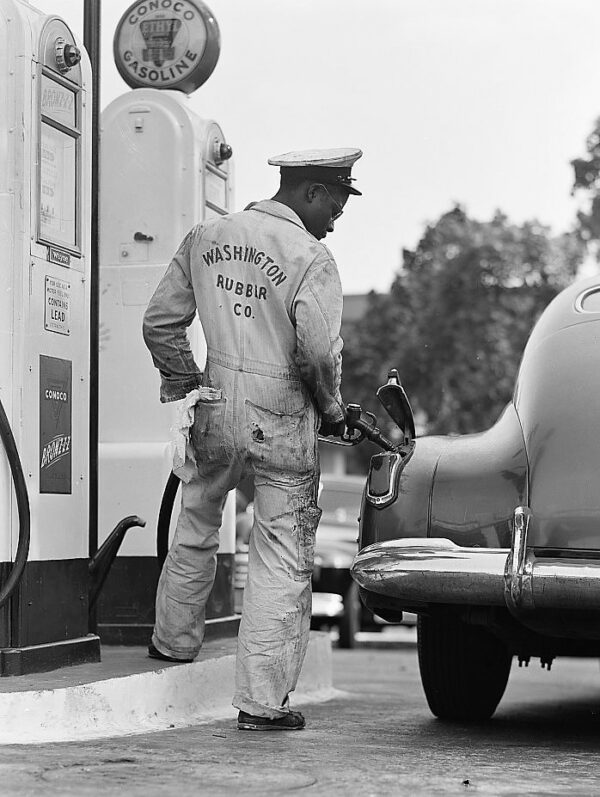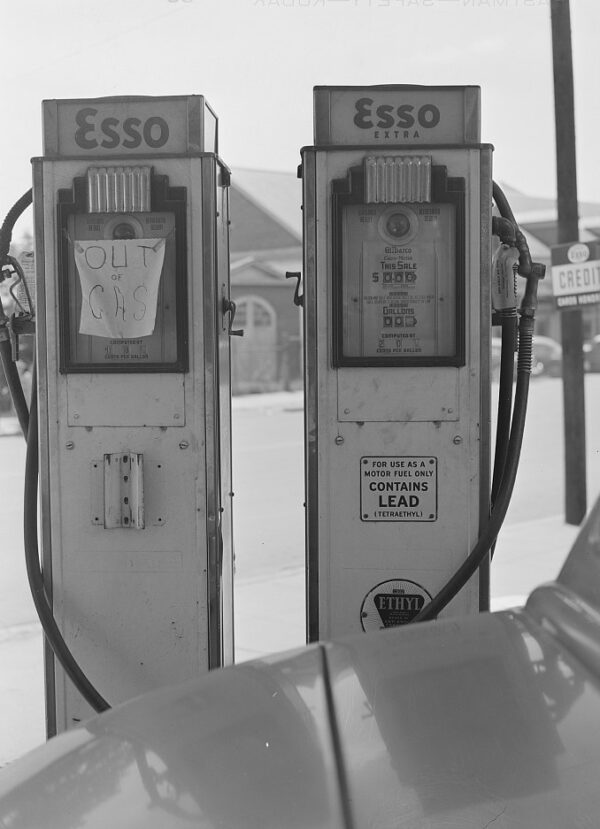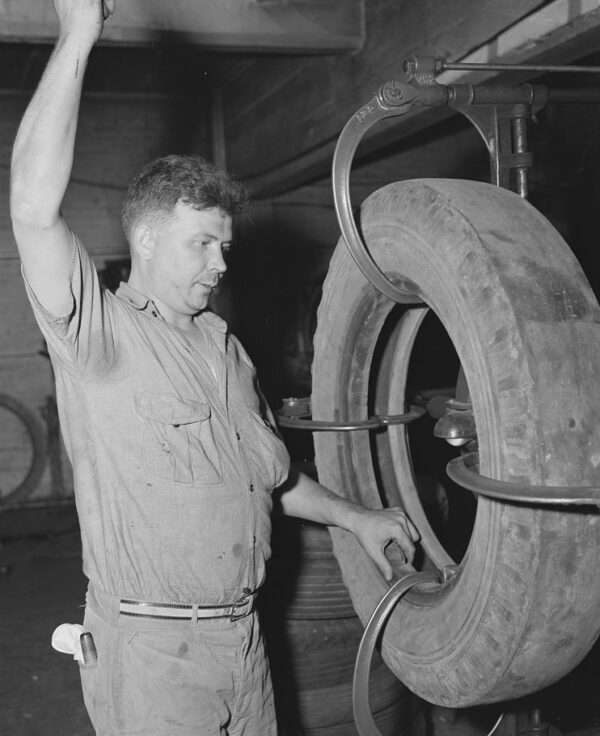Seeing the Blessings in Hard Things
After I wrote the first post about the Tennessee Maneuvers last week, a friend and daily blog reader wrote to me about her own memories of the maneuvers. While she was growing up during World War II in Springfield, Tennessee, her family traveled to the area around Murfreesboro, Tennessee, to visit friends of her mother, a distance of about 60 miles. This is her story:
Once during the war, our family went to visit friends of my mother in the Murfreesboro area. As we approached their farm, a soldier standing in the road warned that there was a “blackout” and no car headlights were allowed. Having to drive in the dark the rest of the way was a new experience for all of us, and even more exciting was getting to see the pup tents and soldiers camped out on our friends’ property as we entered the long graveled road to [their] home. With daylight the next morning, we could see the soldiers beginning their morning activities and eventual tent removal to move on.
Indeed that must have been exciting for a young girl.
My friend later told me: “When I consider that gasoline and tires were rationed during the war, it’s rather surprising that we even tried venturing from Springfield to Murfreesboro” (a distance of about 60 miles).
The United States military needed gasoline and rubber to fight their battles in Europe and the Pacific during World War II. Therefore, rationing of gasoline and tires was a major factor in the lives of Americans on the home front. I found some photographs that illustrate this. All were taken in Washington, D.C.
At 7:00 a.m. on June 21, 1942, cars were already lined up because the next day stricter gasoline rationing was to go into effect. Drivers wanted to fill their tanks with the amount available on their old ration cards.

Photo by Marjorie Collins. Courtesy Library of Congress.
Drivers left their cars parked at this filing station and came back at 8:00 a.m. when the station opened.

Photo by Marjorie Collins. Courtesy Library of Congress.
At least when you did get to the gas pump, a filing station employee filled the tank for you. This was true at all of the local filing stations our family went to when I was a child.

Photo by John Collier. Courtesy Library of Congress.
You can imagine the stress of needing to go somewhere important and finding this sign by your usual filling station. If I understand the Library of Congress information about this photo correctly, this sign was out at one station by 8:30 a.m. on that June 21.

Photo by Marjorie Collins. Courtesy Library of Congress.
At this filing station, those who could afford the higher priced “extra” gasoline, also called “high test,” could still purchase that at least.

Photo by Marjorie Collins. Courtesy Library of Congress.
When tires wore out, American citizens could have them retreaded. These photos illustrate that process.


Photos by John Collier. Courtesy Library of Congress.
As difficult as rationing of gasoline and tires were during World War II, I am confident that many families got healthier by walking and that many had more family time at home. So often things that seem hard at first bring many blessings. May God grant us the faith to see those blessings.
. . . I have learned to be content
in whatever circumstances I am.
Philippians 4:11b
Thank you to those who have been praying for Ray. On Friday we expected to hear a date when Ray would have his heart procedure. Instead we heard that his doctor is to call sometime this week to discuss yet a third possibility. Meanwhile we pray, trust, and learn to be content in whatever circumstances we are, knowing that we don’t have to know every detail because we know the God Who does.

